Artist Interview with Jon Campbell
With a creative practice that explores language and pop culture through paintings, drawings, light works, installations, and musical performances, Melbourne-based artist Jon Campbell’s 2021 public art installation Backyard represents a stylised pop version of his childhood backyard in the western suburbs of Melbourne.
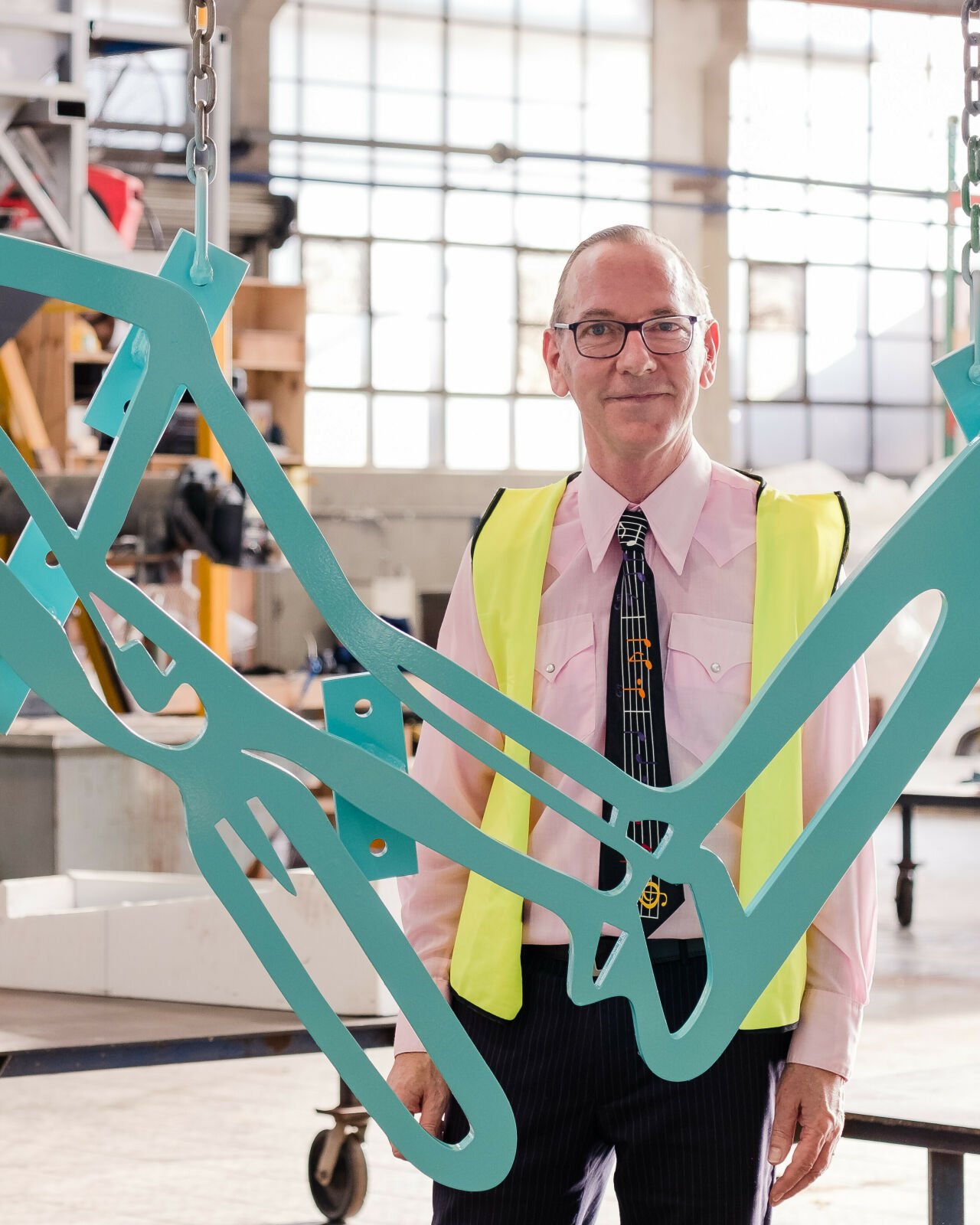
With a creative practice that explores language and pop culture through paintings, drawings, light works, installations, and musical performances, Melbourne-based artist Jon Campbell’s 2021 public art installation Backyard represents a stylised pop version of his childhood backyard in the western suburbs of Melbourne.
In December 2021, UAP's curatorial team sat down with Campbell to learn about the story, inspiration and making of his first public art installation Backyard.
UAP: Stylised and bright in nature, your work portrays a typical ‘backyard’, a quintessential urban landscape that has for many years remained a desirable and aspirational goal of many who reside in Melbourne’s ever-expanding suburbs. Why the exploration of the ‘backyard’?
JC: I think backyards do have a certain desirability for a lot of Australians. It was an important space for me personally during my formative years. The backyard I grew up in was a classic suburban block and the backyard was an expanse of weedy lawn. Not many trees or shrubs. A tin garage, clothesline, and free-standing BBQ. We would gather in this space to play sport, celebrate birthdays, enjoy BBQs with the neighbours; it was a space to dream. I once dug an underground cubby in our backyard with a friend who lived down the street. We covered it with tin and dirt and grass, and it had a trap door. We lit candles for light, and we made our own exclusive club where you could earn handmade badges for completing activities. This is what was possible in my backyard. So yeah, I think it has an important place in our psyche, its ultimately a place of connection and contemplation.
Growing up you spent a lot of time on the Victoria Surf Coast and to this day, spend time with your family along the Great Ocean Road. I daresay it’s pretty awesome to be able to view the work as you speed past in the highway and to connect back to those memories of summer, cricket, surf and family.
I have spent many years travelling this stretch of highway and so I am very familiar with it. Geelong Road provides a connection between the city and the coast so there is often a sense of nostalgia for me attached to heading down there. While the road has changed and expanded over the years, the prevalence of art as part of this driving experience has been minimal. I’m glad to see this is slowly changing. The view of the artwork is a quick one, as you speed past at 100km, but I’ve found I look out for it each time now and I’d like to think other motorists might do the same and it will become familiar over time. It gives me a buzz for sure!
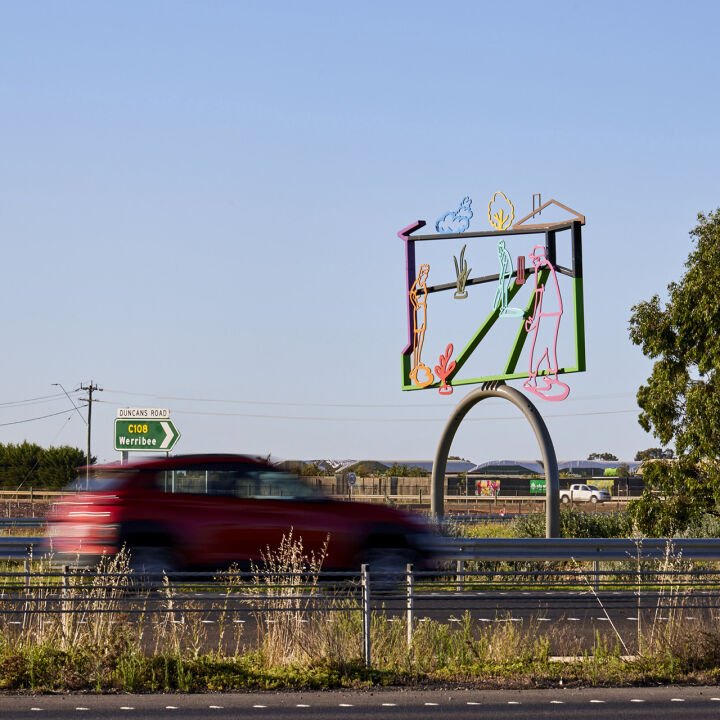
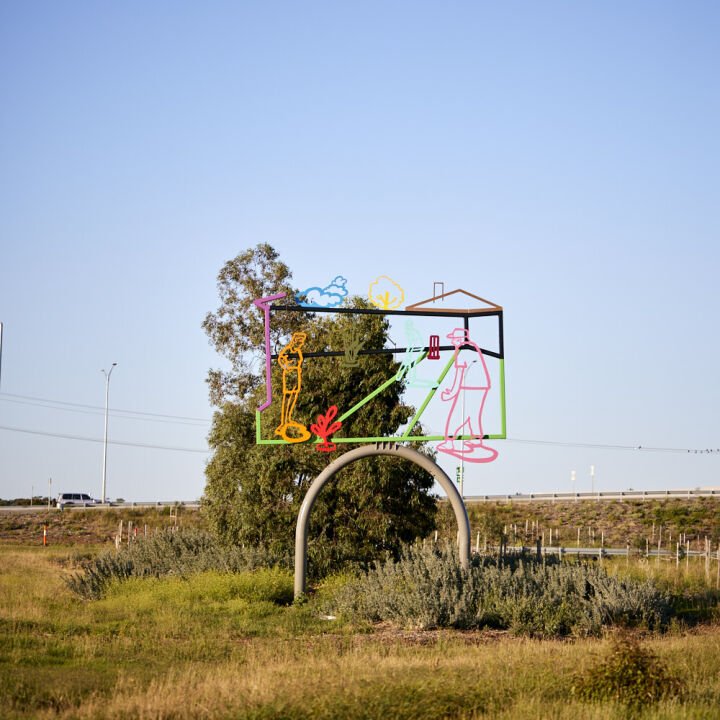
This is your first large-scale sculptural public art commission; how did you find the process?
The process was very interesting and at times challenging as there’s so many other stakeholders involved. The project had its own timeframe and was much slower than how I would normally work. Usually when working on a gallery exhibition for example I am pretty much in control of the process and timeline, so it took some adjustment. I was lucky to have partnered with UAP and have their guidance and experience throughout the project, there is no way I could have managed it by myself.
I really did enjoy the design process and the back and forth to get it exactly right. I would draw everything by hand, print out copies and make further adjustments, choose PMS colours, then scan my drawings and send them back to UAP. It was cool to then see these drawing turned into renders by John Nicholson and the design team. The engineering specs were always a little scary on first viewing, but I would eventually get my head around them thanks to patient explaining by project manager Chris Bill.
It was also tricky always having to imagine how the finished work would look as we were always dealing with it on screen – there was definitely a certain level of trust needed throughout the process. I am thrilled though, with the outcome.
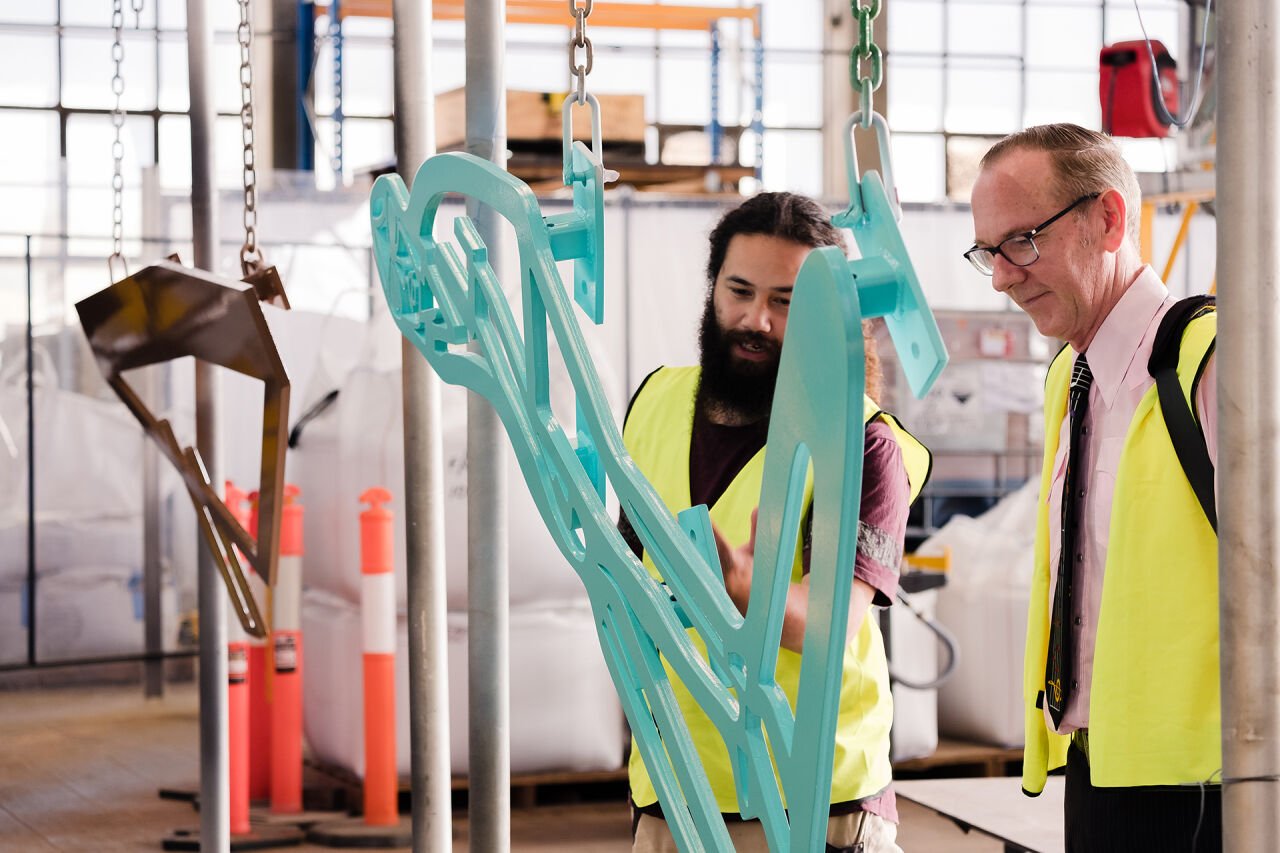
As always with public art, there are often mixed reactions once an artwork is revealed. What has the response been to the work thus far? Noting that it was unveiled during the COVID-19 lockdown in 2021 and so perhaps as travel begins again in Victoria, the viewership will increase.
Commentary and response have been slow to this point, mainly due to it being installed during Melbourne’s lockdown as you say. We didn’t get to have a launch, so I missed out on that first wave of feedback. People are slowly finding their way to it now. So far, the response has been mostly positive. A friend called it “drawing as sculpture” which I really like. There was some commentary on the radio that focussed on the cost of the work which was annoying and boring. I realise that the cost is of interest to people but surely this is not the only point of discussion.
Public artwork that adorns highways often becomes an iconic marker, a memory trigger for those who travel certain roads but also a work that viewers might never interact and engage with from a close vantage point. For those who drive past Backyard, what is it that you hope they think about? What conversations might be inspired?
I guess most people speeding past will wonder on first impression what exactly is being depicted? But maybe as they become familiar with it, it will allow for discussion about the pros and cons of public art, how people inhabit their own environment and what spaces are important to them. When they recognise it as a backyard and figures playing cricket, this might lead to thoughts of one’s own history, or experiences of backyards with family, friends and neighbours, of playing cricket and sport, plus formal concerns of colour, design, location and of course relevance.
The work has a relationship to highway billboard signage but on this occasion, it’s not trying sell you anything, it’s not advertising a product, there’s no commercial overlay. Its open to interpretation. It’s like the bones of a billboard where the meaning has to be constructed. My aim for the work was to be visually engaging and provoke conversation and so I hope it achieves that.
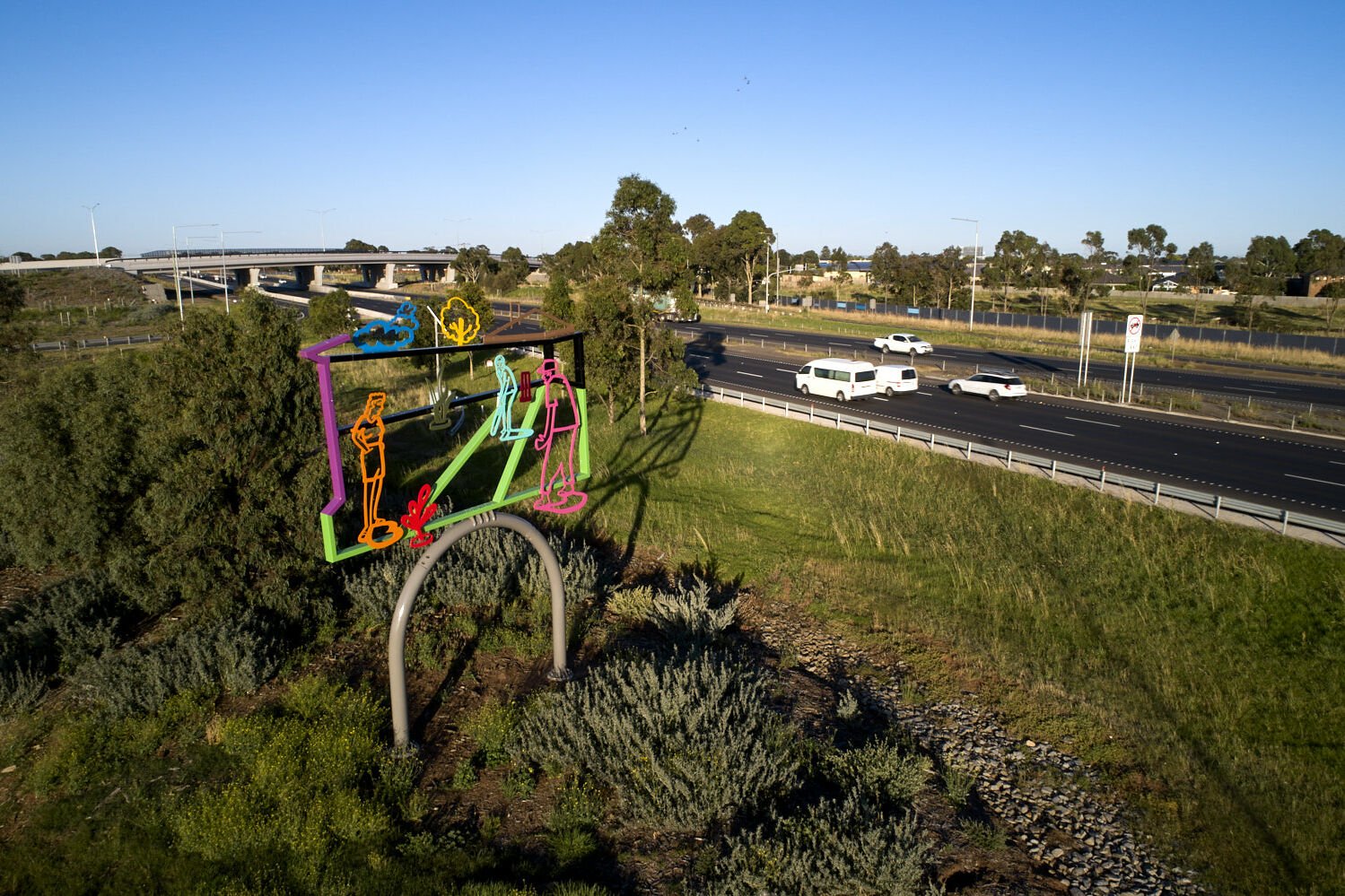
Image Credit: © Kit Haselden Photography and Rachel See
#Related Articles
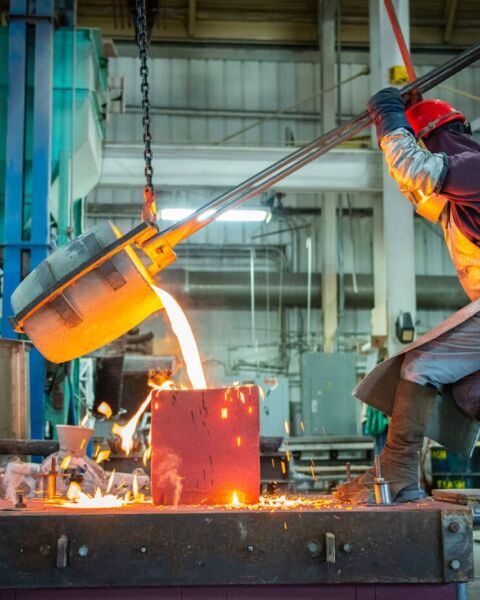
Sculpting Big Metal in Rock Tavern
Robert Lawrence
The former Polich Tallix art foundry — which helped create some of the world's most striking sculptures from various mid-Hudson locations — lives on.
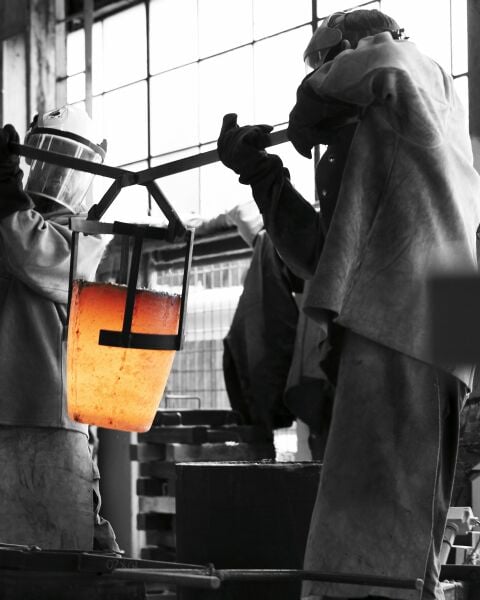
The Best Six Art Fabricators
It is all about executing a vision and art fabricators are the necessary condition to achieve just that.
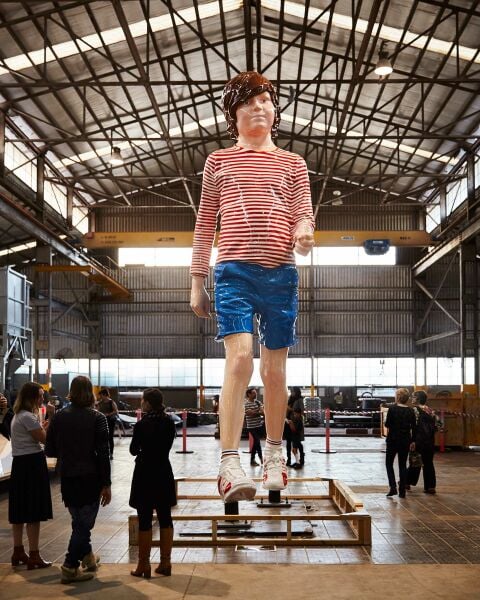
Specialist foundry UAP aims to "Make Art Happen"
UAP is an international production and metal workshop that is responsible for creating everything from large-scale public art or architecture commissions to the iconic Oscars statuettes for the Academy Awards.